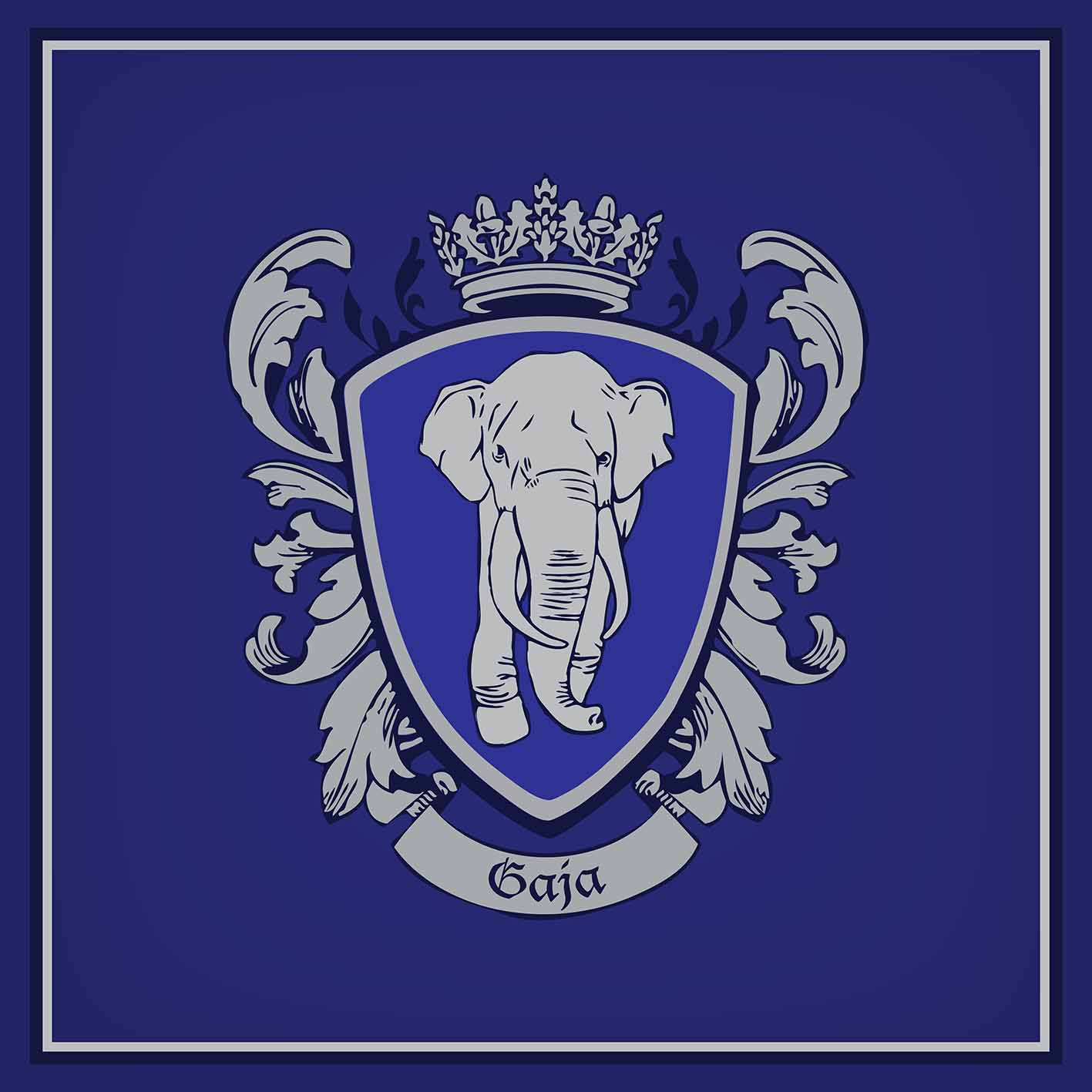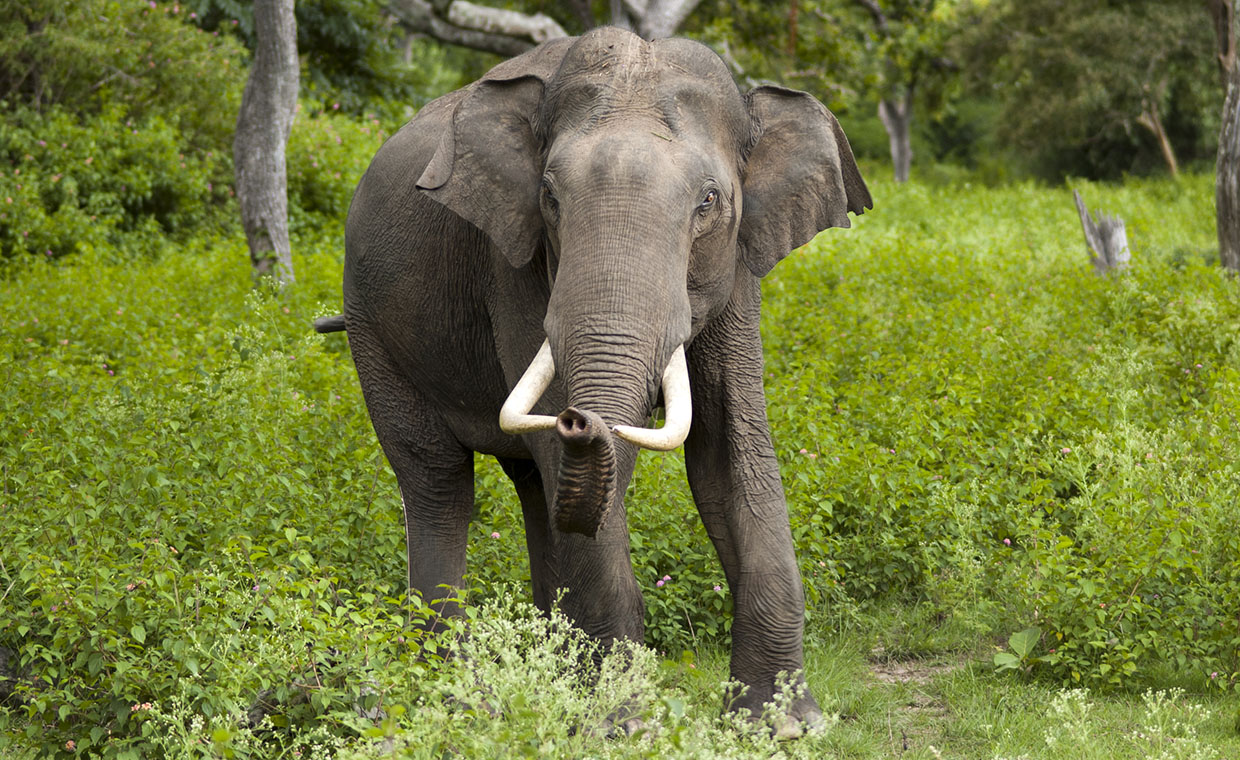Residential Fellow: Dr Tan Yeong Lan
Residential Team: Julian, Gerald, Jing Xuan, Frederic, Sih-Zau

Residential Fellow: Dr Tan Yeong Lan
Residential Team: Julian, Gerald, Jing Xuan, Frederic, Sih-Zau
The Asian Elephant, otherwise known as Gaja (in Sanskrit), is the largest land animal in Asia. Elephants are extremely intelligent and social animals by nature. They play an important role in Asia’s culture and religion, and in maintaining the region’s forests. The Asian Elephant once roamed from Mesopotamia to East Asia, although presently, they are native to only about 13 Asian countries. The house holds the value of “Stability”.
For more on Asian Elephants and their endangerment, click here.
House Companion Animal: Hawksbill Turtle

Gaja is family. We are made of diverse individuals – the witty, the clever, the sporty, the humorous. When you come back, drained from a confusing day packed with lectures – it’s in Gaja where you are recharged, and reenergised. Be it from morning greetings at the lift lobby or cheering during inter house competitions, we are there for one another.
Gaja is where people with conflicting mindsets, and ideologies, come together; we talk, and learn, to empathise with each other. Our events range from impromptu supper jios, to beach days, to games night in the lounge to heart to heart confessions over weekly house dinner!
Gaja isn’t just a place to sleep or to study – it’s home!
Tembusu College Office
University Town, NUS
28 College Avenue East, #B1-01
Singapore 138598
tembusu@nus.edu.sg
+65 6601 2150